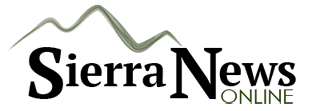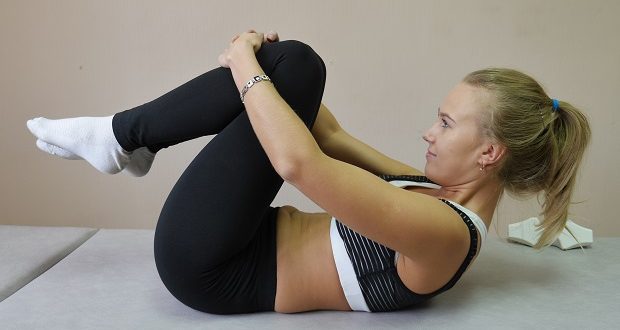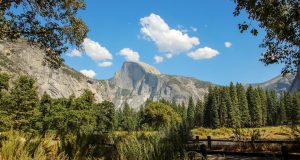About 15 years ago, I ruptured a disc in my back (L5/S1 for those who like details). My doc was sure that surgery was in my future but I had other ideas.
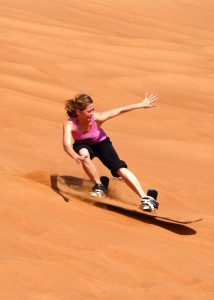 After the physical therapist had done all she could for me, I moved on to Pilates to complete my rehabilitation. I’ve written about this period of my life, the rehab, and how it formed some of my ideas around health and wellness.
After the physical therapist had done all she could for me, I moved on to Pilates to complete my rehabilitation. I’ve written about this period of my life, the rehab, and how it formed some of my ideas around health and wellness.
What I haven’t spoken much about is Pilates itself and why it is such a powerful tool in creating a strong body that can withstand the pounding of daily living, aging and illness.
Pilates has a long history starting with founder Joseph Pilates who, in the 1960s, was well regarded in New York City for his decades of work training and rehabilitating athletes — especially dancers.
The new exercise moved west in the 1970s but it was mostly dancers and Hollywood-ites who were aware of its existence.
By the 1980s, Pilates hit critical mass with studios popping up in small towns and communities rather than just the big cities. With this expansion, Pilates has branched in many directions with practitioners adding their style and personality to the classic exercises.
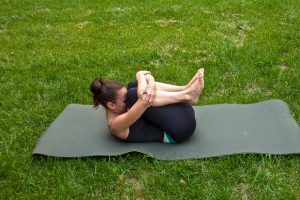 The problem with Pilates being ‘reworked’ is that it often loses the focus on training and retraining the small muscles of the body.
The problem with Pilates being ‘reworked’ is that it often loses the focus on training and retraining the small muscles of the body.
The reason Pilates rehabilitates and creates a new level of stabilization is that, when done correctly, the focus is turning off the large muscles and engaging the smaller muscles of the body while creating functional flexibility.
For example, when you are lying on your back and lifting your leg, your body wants to use the big muscles of the thigh and hip flexors, but you have a whole bunch of little muscles that control the fine movement of your leg. When you activate those, you’ve created a more refined, dynamic stability. You cannot tune into those small muscles unless you use your breath and consciously teach your body to access these under trained muscles.
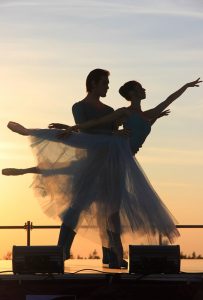 While stability is important, functional flexibility are equally important.
While stability is important, functional flexibility are equally important.
When I added Pilates to our class schedule the most frequent response I got was, “I don’t know if I can do Pilates, I’m not flexible.” Pilates can take anyone from any starting point and create improvements.
Women, particularly, tend to be too flexible, often ‘double jointed,’ and when you are hyper-mobile in your joints you lose strength and stability.
Men, on the other hand, tend to overdo it on the strength of the large muscles of the body at the expense of flexibility, and the small muscles responsible for fine motor skills. The long precise movements with coordinated breathing of Pilates may seem easy when you watch someone else perform them, but to those who have mastered the moves, it’s anything but easy!
A mountaineering friend told me about a study where researchers quizzed those preparing for a strenuous trek, such as Rainer or Denali, to understand what kind of training best prepared climbers for big ascents. The one variable found in all those who were successful in their trek, that was also absent in those who were not successful, was Pilates.
 There are many ways to train but those who added Pilates to their regimen were more likely to have success in attaining their goals. This didn’t surprise me a bit! I went from being in a tremendous amount of pain all the time to being mostly pain-free and stronger than I’d ever been, in just about six months of focused Pilates work. Regardless of the type of sport in which you partake, your performance can likely be improved by adding Pilates.
There are many ways to train but those who added Pilates to their regimen were more likely to have success in attaining their goals. This didn’t surprise me a bit! I went from being in a tremendous amount of pain all the time to being mostly pain-free and stronger than I’d ever been, in just about six months of focused Pilates work. Regardless of the type of sport in which you partake, your performance can likely be improved by adding Pilates.
Next week I’ll write about how Pilates can improve health overall, not just strength or flexibility, so stay tuned.
Virginia Eaton is a health coach specializing in helping people reorganize priorities.
